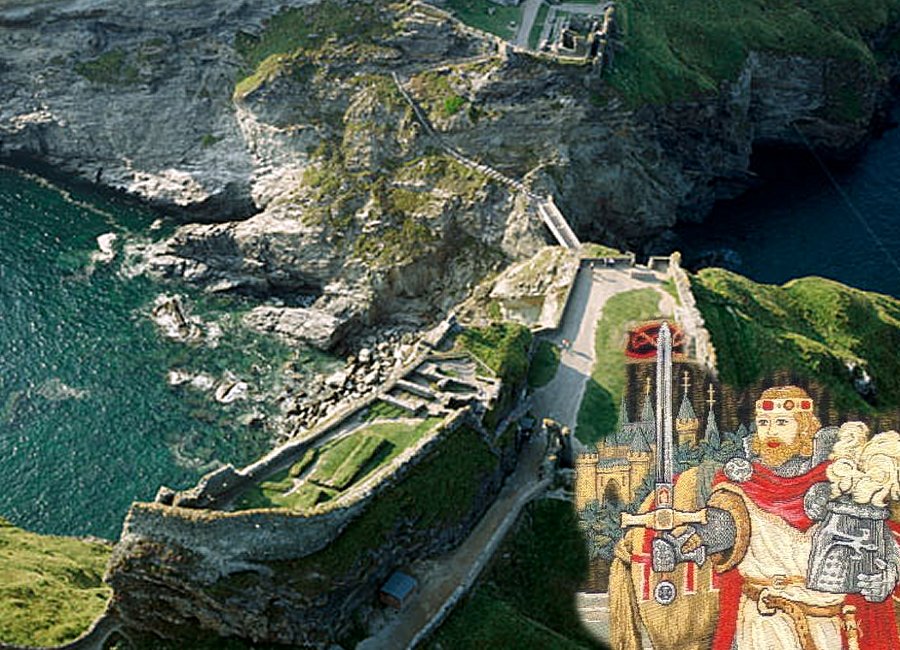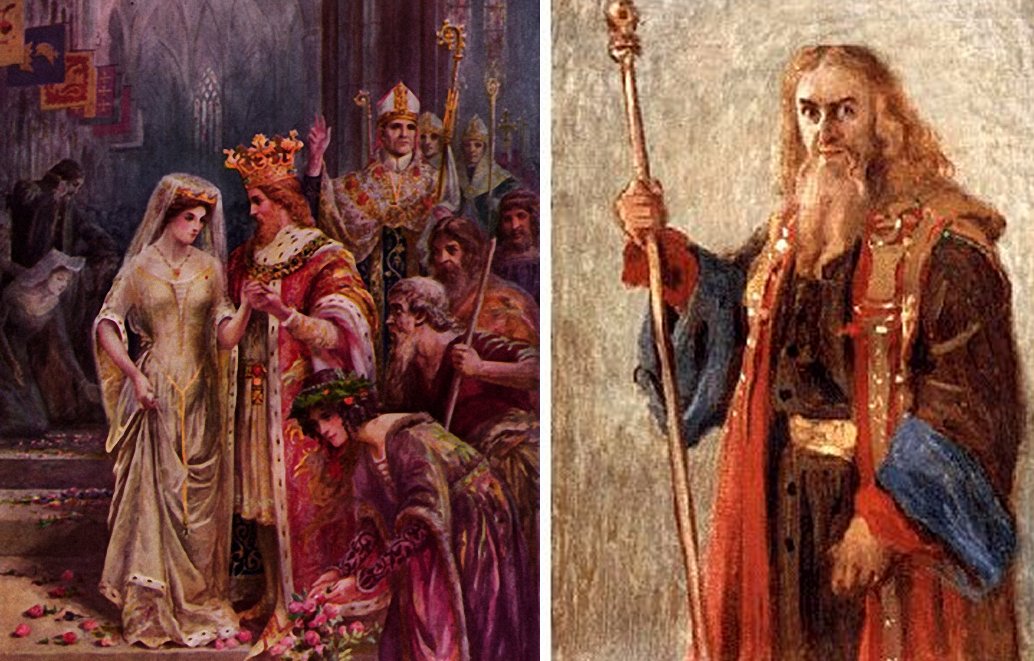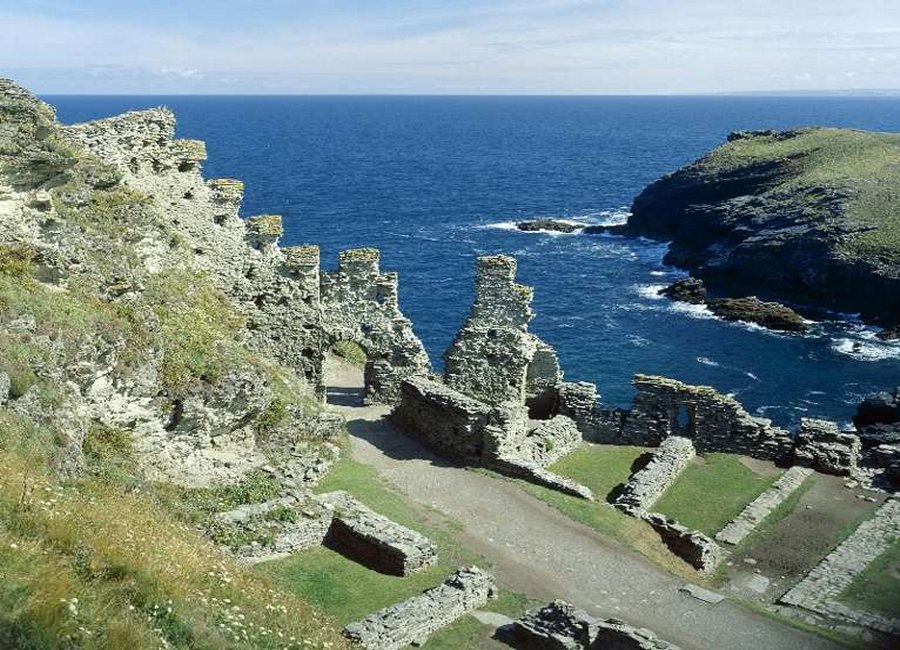Was Tintagel Castle A Fortress Used By Iconic Hero King Arthur?
MessageToEagle.com – Ancient Tintagel Castle has quite spectacular natural topography, particularly the eroded neck of land dividing the island from the mainland.
Located on both sides of the chasm, the castle experienced centuries-long erosion that practically ‘consumed’ many parts of it along with earlier buildings. Split in two by the force of the sea and ruined, the Tintagel Castle was once, the fortress used by King Arthur.

One legend has it, the infant Arthur, probably of a mixed Roman and British parentage,was thrown by the waves on the beach by Merlin’s cave. He is identified with the known history of a Celtic chieftain of the 5th century, a great warrior, who led his countrymen in the West in their resistance against Saxon invaders.
The original fortress is long gone but archaeologists have found proof in their diggings on the Tintagel Castle, that fifth century citizens lived on the site.

The replacement Castle was built between 1230-1236 and is now nearly 800 years old. Within two hundred years the Castle was in ruins and remains so to this day.
There is something special about Tintagel. Its associations with the legendary King Arthur date back to the twelfth century.
This iconic hero was for the first time linked to Tintagel by Geoffrey of Monmouth, the medieval author of “History of the Kings of Britain”, who, in the story the “Once and Future King”, confirms it as the place where Arthur was conceived.

Geoffrey places the event at Tintagel Castle, which was said to be the home of the Duke of Cornwall, Gorlois, and his ravishing wife, Ygerna. Some 700 years later, the great Victorian poet laureate, Alfred Lord Tennyson, in “Idylls of the King” begins his story of Arthur at Tintagel, too.
See also:
The Ruins Of Pennard Castle And The Tale Of Faeries’ Curse
Was it just a coincidence? Why did the authors choose this particular place for their stories? Were they inspired by an ancient oral or written tradition that associated Arthur with Tintagel?

Enigmatic Tintagel Castle is a very ancient place; its ruins – we can say, its visible ruins date back to the 13th century, but according to archaeological excavations of the area, there were other, older ruins on this site.
Dr. C.A. Ralegh Radford (1900- 1999), excavated the site in the 1930’s. He believed that the earlier Tintagel was a Celtic monastery dating back to around the fifth century, the supposed time of Arthur.
Further excavations in the 1990’s have shown that it was not a monastic site, at all, but the stronghold of a powerful, dark-age chieftain. Who was he?
MessageToEagle.com
Expand for references









